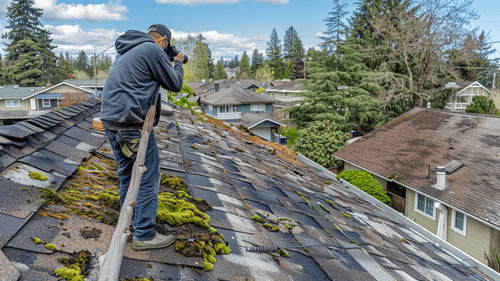When it comes to managing energy bills, the role of your roof might not be the first thing that comes to mind. However, an inefficient roof can significantly impact your home's energy consumption, leading to higher costs and environmental concerns. Have you ever wondered how something as simple as the color or material of your roof could make a difference in your energy bills? This article explores the hidden costs of inefficient roofing and offers insights into how you can improve your home's energy efficiency.
We'll explore the science behind roofing and energy efficiency, uncovering how reflective roofs can keep your home cooler and reduce energy costs. From understanding the benefits of light-colored roofs in hot climates to practical steps for implementing cool roof solutions, we'll provide you with the knowledge needed to make informed decisions. By the end, you'll see how investing in the right roofing can lead to substantial savings and a more eco-friendly home.
The Science Behind Roofing and Energy Efficiency
How Roof Color and Material Affect Temperature
The color and material of your roof play a crucial role in determining how much heat your home absorbs or reflects. Dark-colored roofs tend to absorb more heat, leading to higher indoor temperatures. Conversely, light-colored or reflective roofs can significantly reduce heat absorption, keeping your home cooler. This principle is supported by simulations showing that reflective roofs can cut cooling loads by 10-60%, with the higher values associated with uninsulated roof systems. This means that the choice of roofing material and color can have a substantial impact on your energy bills, particularly in terms of cooling costs.
Reflective roofs can stay more than 50°F (28°C) cooler than non-reflective ones. This temperature difference can translate into significant energy savings, especially in buildings with air conditioning. By reflecting more sunlight and absorbing less heat, reflective roofs reduce the need for air conditioning, thereby lowering energy consumption and costs. This is particularly beneficial in warm climates where cooling demands are high.
The science behind this is straightforward: light-colored and reflective materials have higher albedo, meaning they reflect a larger percentage of solar radiation. This reduces the amount of heat transferred into the building, leading to lower indoor temperatures and reduced reliance on air conditioning. The right roofing choice can create a more energy-efficient home by minimizing heat absorption and maximizing reflection.
Reflective Roofs: A Cool Solution for Hot Climates
Benefits of Light-Colored and Reflective Roofs
In hot climates, the benefits of light-colored and reflective roofs are particularly pronounced. These roofs can reduce cooling costs by up to 20%, making them a highly effective choice for homeowners looking to save on energy. The reflective properties of these roofs help to keep indoor temperatures lower, reducing the need for air conditioning and, consequently, energy consumption. This is especially important in regions with high cooling demands, where energy bills can quickly escalate.
Reflective roofs are not just about immediate cost savings; they also offer long-term benefits. In uninsulated roof systems, the impact of reflective roofing can be even more significant. Simulations have shown that reflective roofs can cut cooling loads by 10-60%, depending on the level of insulation. This means that even homes without additional insulation can benefit greatly from reflective roofing solutions.
Real-world implications for homeowners are substantial. By investing in a reflective roof, homeowners can enjoy lower energy bills, increased comfort, and a reduced environmental footprint. The initial investment in a reflective roof can pay off in the form of long-term energy savings and a more sustainable home. For those living in warm climates, the decision to install a reflective roof can be a significant factor in terms of energy efficiency and cost savings.
Cost Savings and Environmental Impact
Economic and Ecological Benefits
The economic benefits of reflective roofs are clear. Homeowners can save up to 15% on cooling costs, particularly in warm climates where air conditioning is a major contributor to energy bills. These savings can add up over time, making reflective roofs a cost-effective investment. Reduced energy consumption associated with reflective roofs translates into lower utility bills, providing financial relief for homeowners.
Beyond the economic benefits, reflective roofs also offer significant environmental advantages. By reducing the need for air conditioning, these roofs help to lower overall energy consumption. This, in turn, reduces greenhouse gas emissions, contributing to a more sustainable and eco-friendly home. The broader environmental benefits of reflective roofs are substantial, as they help to mitigate the urban heat island effect and reduce the overall demand for energy.
Investing in a cool roof is not just about immediate cost savings; it also offers long-term financial and ecological advantages. Over time, the reduced energy consumption associated with reflective roofs can lead to significant savings on utility bills. Additionally, the environmental benefits of reduced greenhouse gas emissions and lower energy demand contribute to a more sustainable future. For homeowners looking to make a positive impact on both their finances and the environment, reflective roofs are an excellent choice.
Practical Steps to Improve Roof Efficiency
Implementing Cool Roof Solutions
Implementing cool roof solutions involves several practical steps. Homeowners need to choose the right reflective materials and colors. Light-colored roofs, such as white or light gray, are highly effective at reflecting sunlight and reducing heat absorption. Reflective coatings and materials, such as metal or specialized shingles, can also enhance the roof's reflective properties. It's important to select materials that are durable and suitable for the local climate to ensure long-term performance.
Installation considerations are also crucial. Proper installation is essential to maximize the benefits of a reflective roof. This includes ensuring that the roof is properly sealed and insulated to prevent heat transfer and energy loss. Homeowners should work with professional roofing contractors who have experience with cool roof installations. Professional services can provide detailed inspections and recommendations tailored to the specific needs of the home.
-
Choosing Reflective Materials:
- Light-colored shingles or tiles
- Reflective coatings
- Metal roofing with reflective finishes
-
Installation Considerations:
- Proper sealing and insulation
- Professional installation services
- Regular maintenance and inspections
The potential costs of installing a reflective roof can vary depending on the materials and labor involved. However, the long-term savings on energy bills can offset the initial investment. Homeowners should consider the overall value of a reflective roof, including the financial and environmental benefits. By taking practical steps to improve roof efficiency, homeowners can enjoy a more comfortable and energy-efficient home.
Wrapping It Up: The Hidden Costs of Inefficient Roofing
Understanding the impact of your roof on energy efficiency reveals significant opportunities for cost savings and environmental benefits. Reflective roofs, particularly in hot climates, can drastically reduce cooling costs by reflecting more sunlight and absorbing less heat. This not only lowers energy bills but also contributes to a more sustainable home by reducing greenhouse gas emissions. The choice of roofing material and color plays a crucial role in achieving these benefits, with light-colored and reflective options offering the most substantial improvements.
By investing in the right roofing solutions, homeowners can enjoy long-term financial savings and a reduced environmental footprint. The science behind reflective roofs is clear: they minimize heat absorption and maximize reflection, leading to cooler indoor temperatures and less reliance on air conditioning. As you consider your roofing options, remember that an efficient roof isn't just about immediate savings—it's about creating a more sustainable and comfortable living environment. So, why not take the first step towards a cooler, greener home?







